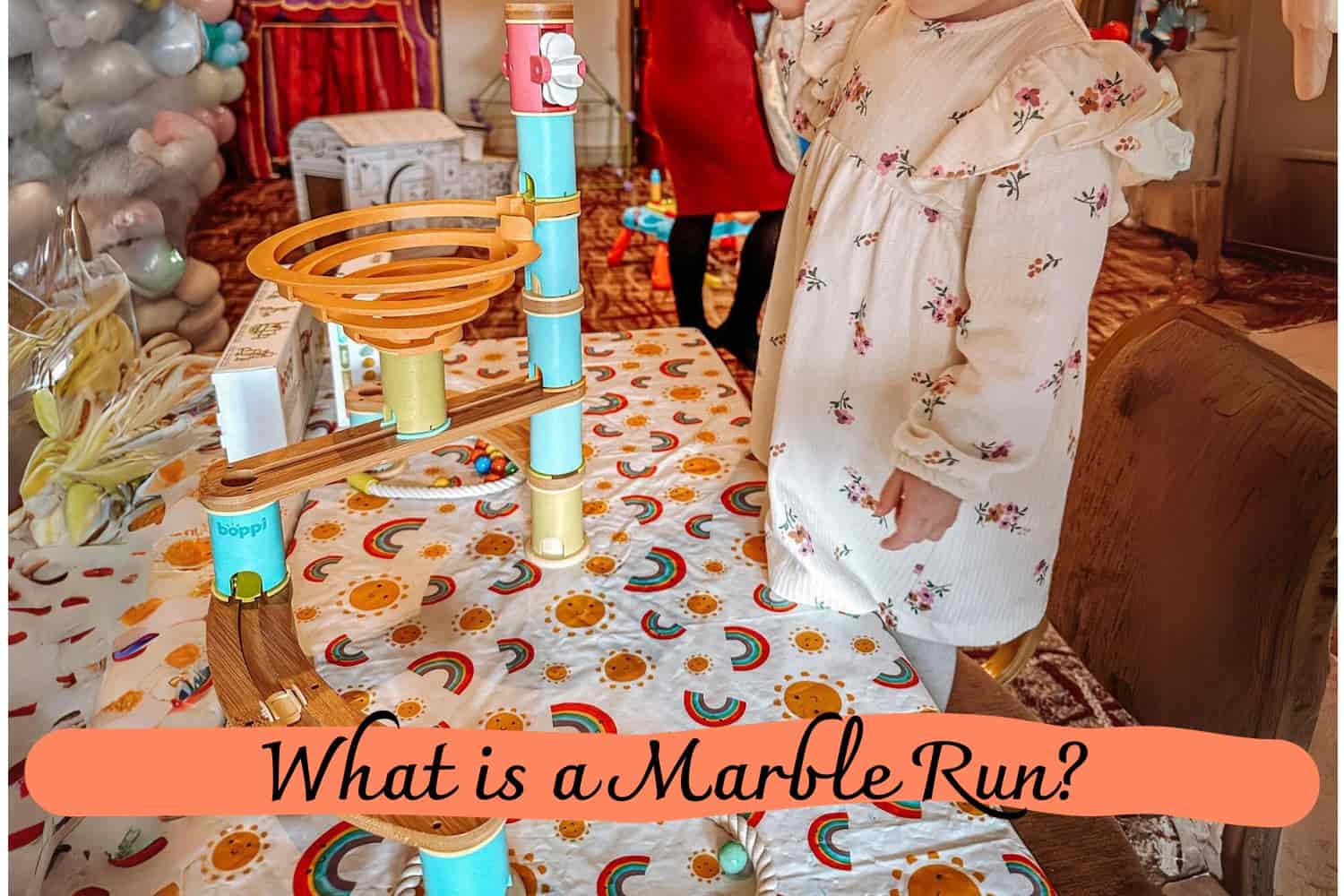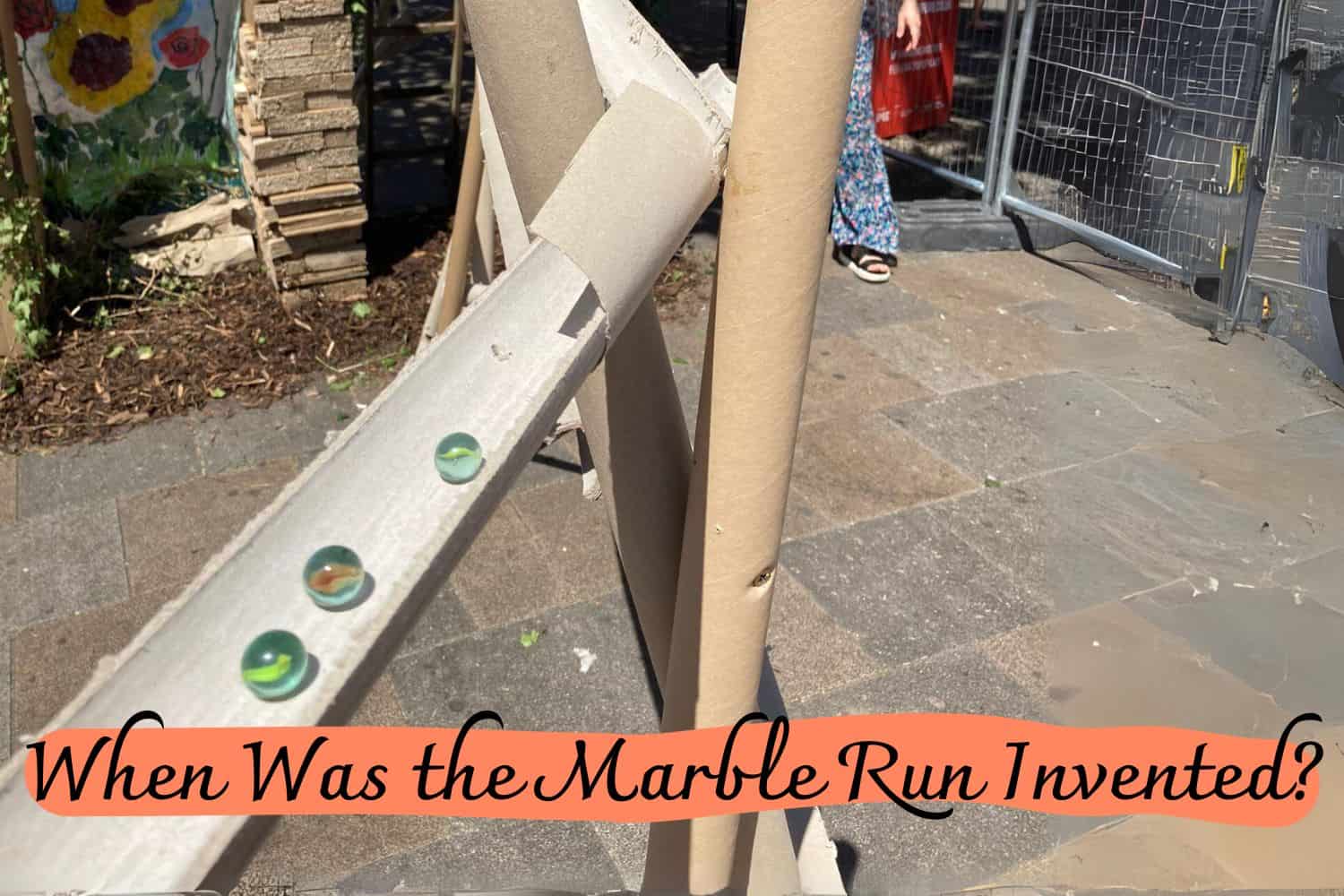Uncover the history of this classic toy and find out why it still has a place in homes and classrooms today. Get the answers you’ve been searching for about – When was the marble run invented?
When Was the Marble Run Invented?
Are you a fan of marble runs? If so, then you may have spent hours constructing intricate structures and building them up with colorful marbles for endless entertainment. But if the origins of these fascinating toys are something that has got your curiosity, look no further!
We have all the answers to questions like when was the marble run invented and who made it happen?
No one knows exactly when the marble run was invented. However, the first marble run toy sets for children were produced and sold in the 1960s.
Join us as we take a journey back in time to uncover how this classic toy has become such an integral part of history – get ready to learn, create, and play!
What Is a Marble Run?

Marble runs have delighted children for centuries, combining entertainment with a touch of complexity. Crafted from materials like wood, plastic, or metal, they come in various shapes and sizes, allowing for simple or intricate designs.
The rich and diverse history of marble runs dates back to its earliest versions, constructed using stones and wood. These initial runs consisted of basic tracks for marbles to roll down.
As time passed, marble runs evolved into structured creations. In the 1800s, mass-produced runs made of glass, plastic, and metal emerged. These versions boasted greater complexity, featuring tracks and obstacles.
By the 1900s, marble runs had gained popularity, appearing in movies and TV shows, and becoming beloved toys for children of all ages. Their educational value was recognized, using them as tools to teach physics and engineering concepts to young minds.
Today, marble runs continue to captivate children’s imaginations as a sought-after toy. They can be found in stores and purchased online. Additionally, marble runs have become a pastime for adults, with numerous competitions taking place worldwide.
When Was the Marble Run Invented?
Marble runs are not only beloved toys for children, but they are also recognized as captivating kinetic art sculptures. These intricate structures can be found in museums and public spaces across the globe.
The origins of marble runs, like the marbles themselves, remain a mystery. It is easy to envision children crafting makeshift marble runs out of natural materials when their playmates were unavailable.
Additionally, there are remarkable monumental ball run sculptures that mesmerize and inspire both children and adults.
The Earliest Marble Runs
Early marble runs were simple yet fascinating creations made from stones and wood. These primitive versions consisted of nothing more than a track for marbles to roll down.
Marble runs have roots in ancient civilizations. The very word “marble” is believed to have derived from “marmor,” which means “stone.” Egyptians used marble for various purposes, such as playing games, crafting jewelry, and adorning their homes.
Both ancient Greeks and Romans were also fascinated by marble. The Romans even had a special term for them: “pilae.” Marbles often served as prizes in games and competitions, acting as a form of currency.
During these ancient times, marble runs were constructed using stone and marble materials.
Medieval Marble Runs
During the Middle Ages, marble runs held a mesmerizing allure for people, serving not only as a source of entertainment but also as a valuable educational tool.
Children were introduced to the fascinating principles of physics and engineering through these ancient contraptions.
The excitement around marble runs was so immense that individuals would even engage in friendly wagers on which marble would triumphantly conquer the track.
In 1800s
During the 1800s, marble runs started to become widely accessible. Made from materials such as glass, plastic, and metal, these runs were more elaborate than earlier versions, often including tracks and obstacles.
One of the pioneers in mass-producing marble runs was John Keilbach, who invented his version in 1806. Keilbach’s creation featured a structure with tracks and obstacles, captivating the public and sparking widespread interest in these toys.
Kiddicraft Super Helta Skelta Marble Run by Tom Karen
While the exact date of invention is unknown, feedback from numerous countries reveals that Tom Karen was the inventor of the first commercially available marble run.
Tom Karen designed and built his infamous Kiddicraft Super Helta Skelta Marble Run in 1960. As a toy maker at the time, Tom was asked to create a prototype for an unsubstantial plastic toy.
The result was the first-ever plastic marble run, which eventually became a commercial success and sparked the interest of other toy manufacturers.
Marble runs have come a long way since their humble beginnings in the 1960s. With new materials, designs, and features constantly being introduced, this timeless toy continues to captivate generations of children and adults alike.
Conclusion
The history of marble runs is a rich and diverse one, spanning centuries and evolving alongside society. From simple stone tracks to complex plastic structures, marble runs have captured the imaginations of children and adults alike.
While we may never know the exact moment or person responsible for inventing this classic toy, it’s clear that marble runs have stood the test of time and will continue to fascinate and entertain for generations to come.
So, the next time you see a marble run, take a moment to appreciate its history and all the fun it has brought into our lives. Happy building!
Thanks for reading our article When Was the Marble Run Invented? If you want to know more information, visit our website here.
Read more:
Are Plastic Toys Bad For Babies?
Who Invented the Construx Toy?
Tom Karen, designer of Raleigh Chopper and Marble Run, dies aged 96

